Cats are fascinating creatures, possessing an enigmatic presence that often leaves their human companions in awe. Unlike dogs, who are generally more direct in their communication, cats employ a subtle yet complex language of space to convey their emotional boundaries. Understanding this unique form of communication can greatly enhance our relationship with our feline friends, allowing us to respect their needs and foster a harmonious coexistence.
The Art of Territorial Mapping
Cats are territorial animals by nature. They use space as a canvas to map out territories, demarcating areas where they feel safe and secure. When a cat rubs its face against a piece of furniture or a doorway, it is marking its territory with scent glands located around its face. This is not just a claim to ownership but a way of signaling comfort and familiarity with the space. Humans often overlook these subtle cues, but they are crucial in understanding a cat’s emotional state. A cat’s territory is its personal sanctuary, and respecting these boundaries is vital.
Personal Space and Social Interaction
Social interaction among cats is a delicate dance involving a keen sense of personal space. When two cats meet, they often engage in a ritual of circling and sniffing, gauging each other’s comfort with proximity. This behavior is a way of establishing social boundaries and determining the level of interaction acceptable to both parties. For humans, this means giving a cat the freedom to approach rather than forcing interaction. Allowing them to dictate the terms of engagement can lead to a more trusting and relaxed relationship.
Vertical Space as a Form of Communication
Cats are natural climbers, and vertical space plays a significant role in their communication. High perches serve as vantage points where they can observe their environment and feel secure. These elevated spaces are not just about physical safety; they offer emotional comfort as well. A cat resting on a high shelf is signaling a need for solitude and contemplation. Providing ample vertical space in a home environment can help reduce stress and give cats the freedom to express themselves.
The Role of Body Language
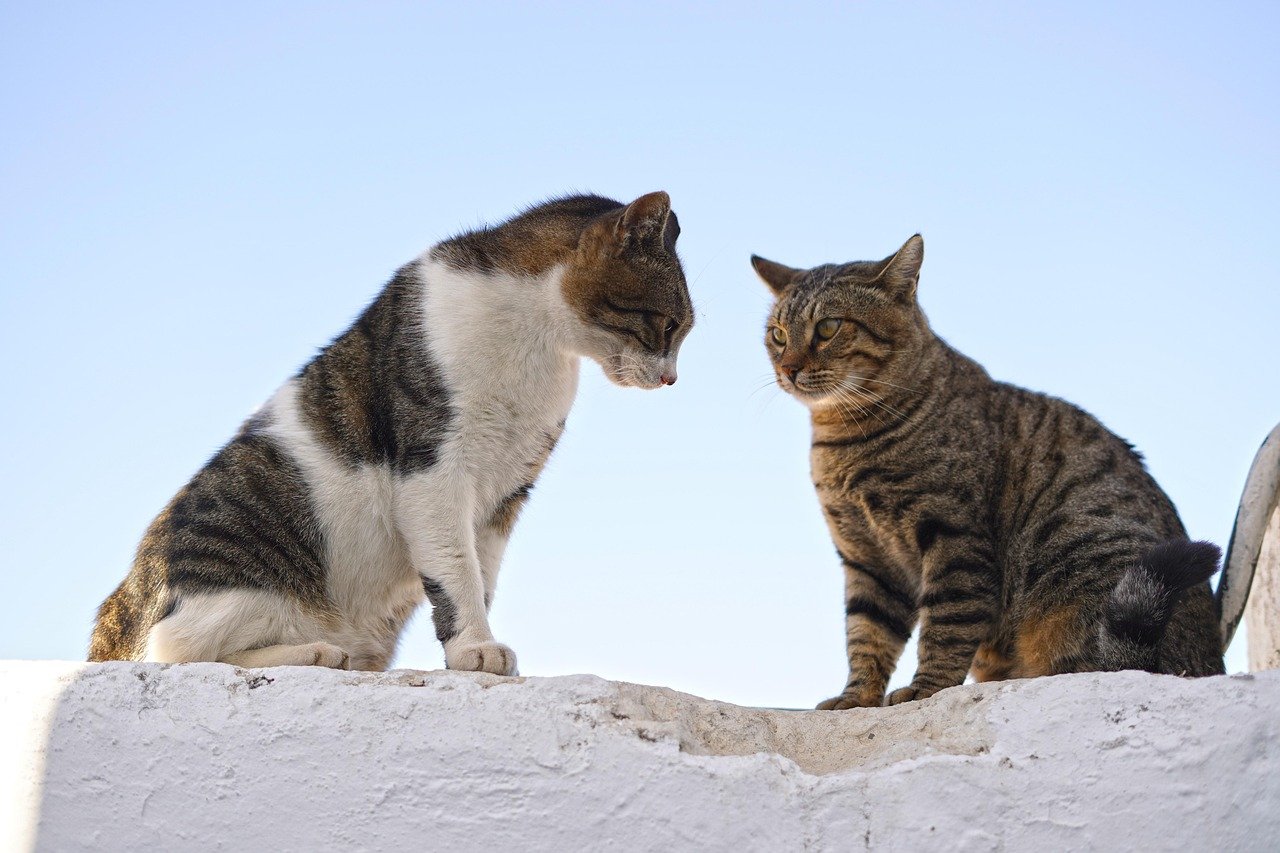
A cat’s body language is a powerful tool in conveying emotional boundaries. The position of the ears, tail, and overall posture can provide insight into a cat’s state of mind. A cat with erect ears and a relaxed posture is likely feeling comfortable and at ease. Conversely, flattened ears and a tense body may indicate discomfort or aggression. Observing these signals allows us to respect a cat’s boundaries and respond appropriately, minimizing stress and misunderstandings.
Space Sharing and Coexistence
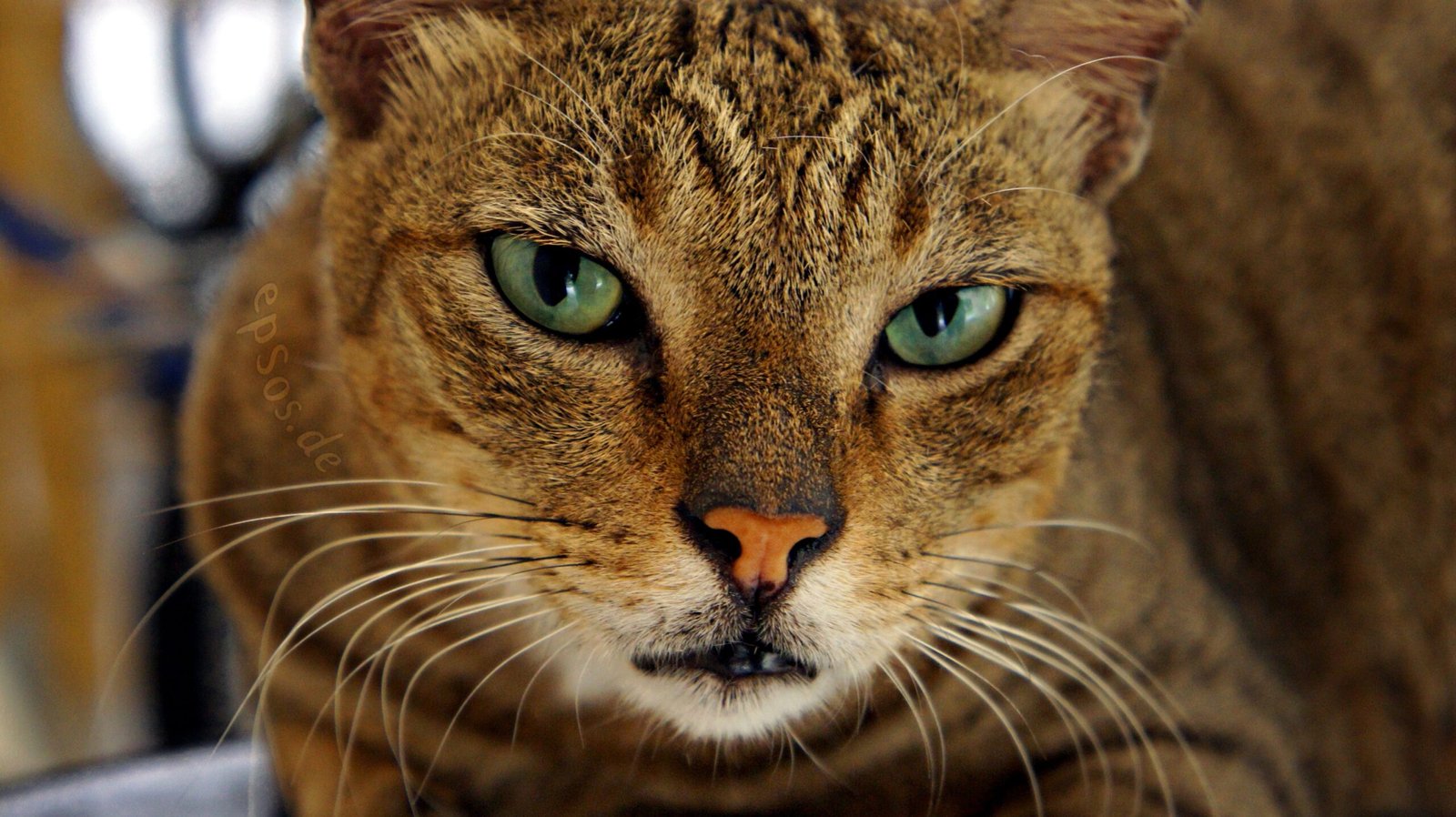
Cats may live in close proximity with other animals or humans, but they still require personal space. Understanding how cats share space with others is key to fostering a peaceful coexistence. Cats often establish a hierarchy within a shared environment, with dominant individuals claiming preferred spots. Recognizing and respecting these dynamics can prevent conflicts and ensure that every cat feels secure in its territory.
Kitty Hideaways: Safe Havens
Cats love to have their own little hideaways where they can retreat when they need solitude. These hideouts provide a sense of security and protection, allowing cats to escape from overwhelming situations. Whether it’s a cozy nook under the bed or a specially designed cat cave, these spaces are essential for a cat’s emotional well-being. Providing such hideaways can help reduce stress and give cats the opportunity to recharge.
The Importance of Routine
Routine is a vital aspect of a cat’s life, providing structure and predictability. Cats thrive on consistency, and disruptions to their routine can lead to anxiety and stress. Establishing a daily routine that includes feeding, playtime, and quiet time can help create a stable environment where cats feel secure. Respecting a cat’s routine is another way of acknowledging its emotional boundaries.
Reading the Signs of Overstimulation

Cats can become overstimulated by too much interaction or sensory input, leading to stress or aggression. Recognizing the signs of overstimulation is crucial for maintaining a cat’s emotional well-being. These signs may include dilated pupils, rapid tail movements, or increased vocalizations. Understanding when a cat needs a break can prevent negative interactions and help maintain a peaceful environment.
Space and Play: Balancing Fun and Boundaries
Play is an essential part of a cat’s life, providing physical exercise and mental stimulation. However, playtime must be balanced with respect for a cat’s boundaries. Cats may tire quickly or become overstimulated, so it’s important to allow them to dictate the pace and duration of play. Creating a play environment that respects a cat’s space can lead to more enjoyable and stress-free interactions.
Understanding the Feline Gaze
The feline gaze is a profound form of communication. Cats often use their eyes to express emotions and set boundaries. A slow blink is a sign of trust and affection, while direct eye contact can be perceived as a challenge. Understanding the subtleties of a cat’s gaze can help us interpret its emotional state and respond in a way that respects its boundaries.
Respecting the Space of Senior Cats
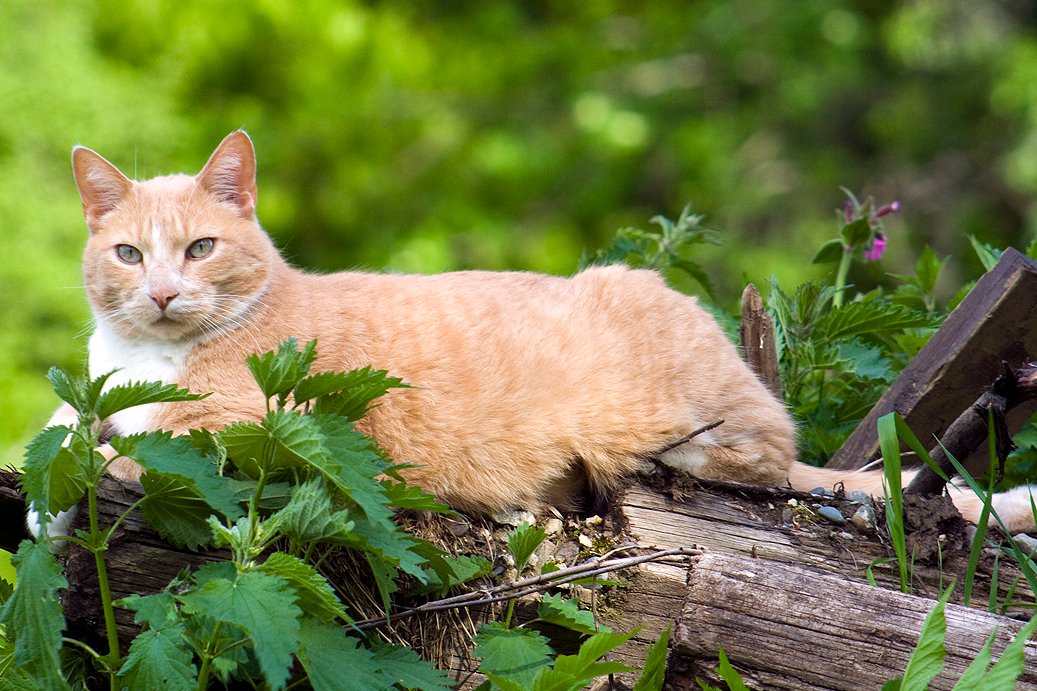
Senior cats have different needs when it comes to space and boundaries. As cats age, they may become more sensitive to changes in their environment and require more personal space. Providing comfortable resting areas and minimizing disruptions can help senior cats feel secure. Understanding the unique needs of older cats is crucial for maintaining their emotional well-being.
Space and the Introduction of New Pets
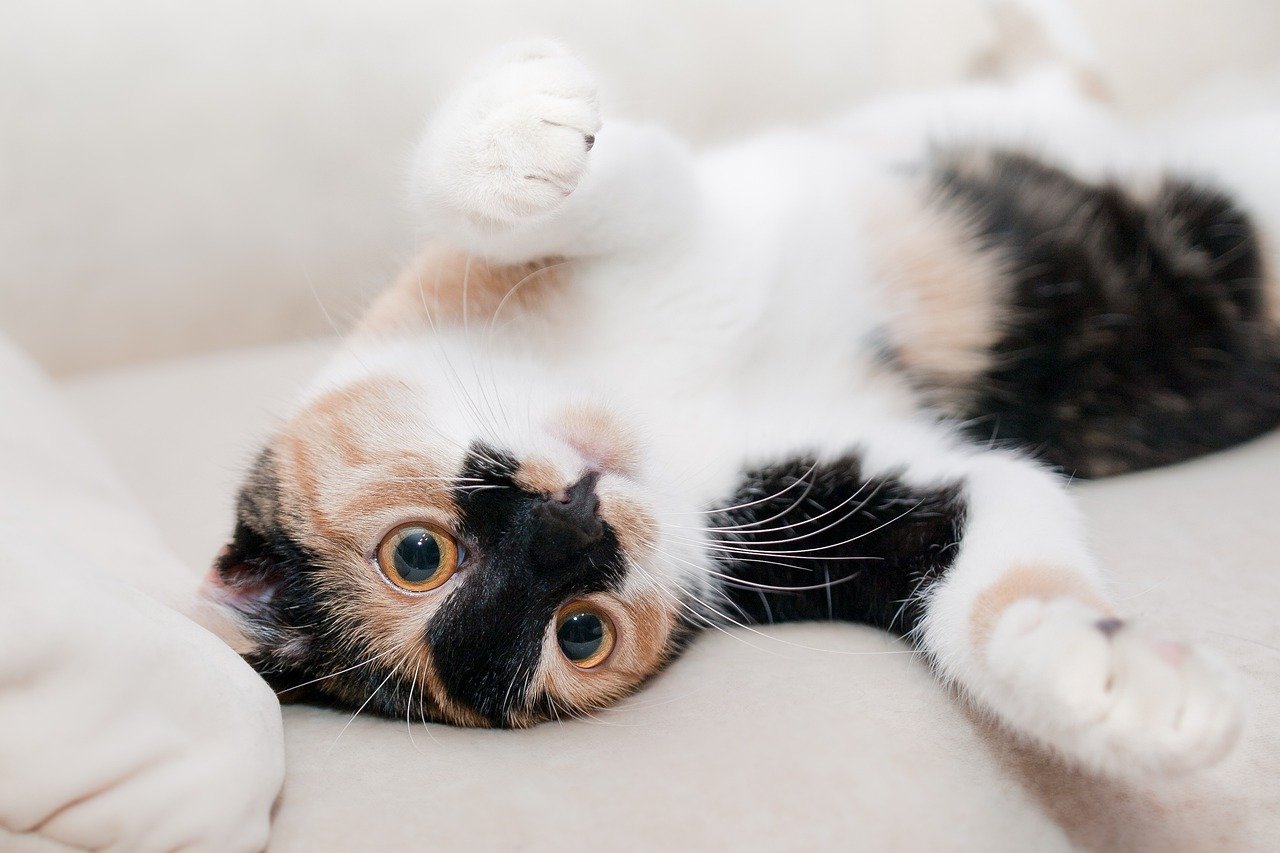
Introducing a new pet into a household with existing cats requires careful management of space and boundaries. Cats are creatures of habit, and the arrival of a new animal can be stressful. Gradual introductions and providing separate spaces for each pet can help ease the transition. Allowing cats to acclimate at their own pace is essential for avoiding conflicts and ensuring a harmonious environment.
The Impact of Environment on Emotional Boundaries
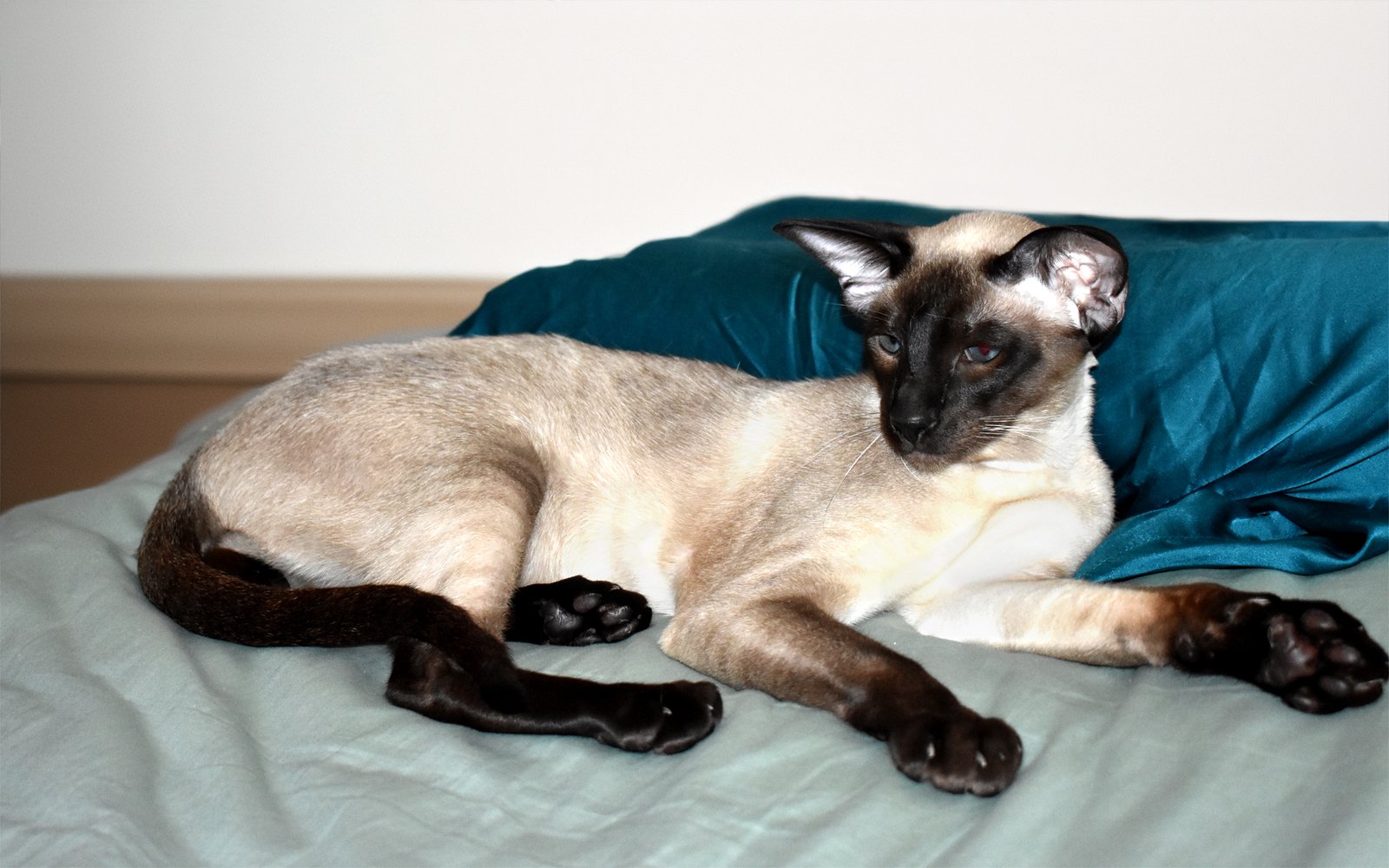
The physical environment plays a significant role in a cat’s emotional boundaries. A cluttered or noisy environment can lead to stress and anxiety, while a calm and organized space promotes relaxation. Creating an environment that respects a cat’s need for space and tranquility can greatly enhance its quality of life.
Space and Bonding with Humans
The bond between cats and humans is built on mutual respect and understanding. Cats need their space, but they also enjoy companionship on their terms. Building a strong bond with a cat involves recognizing and respecting its boundaries, allowing it to approach and interact when it’s comfortable. This mutual respect fosters trust and deepens the connection between cats and their human companions.
The Role of Space in Multi-Cat Households
In households with multiple cats, space is a precious commodity. Each cat needs its own territory to feel secure, and competition for space can lead to conflicts. Providing ample space and resources, such as separate feeding areas and litter boxes, can help reduce tension and promote harmony among cats. Understanding the dynamics of multi-cat households is crucial for maintaining a peaceful environment.
Space and the Emotional Needs of Kittens
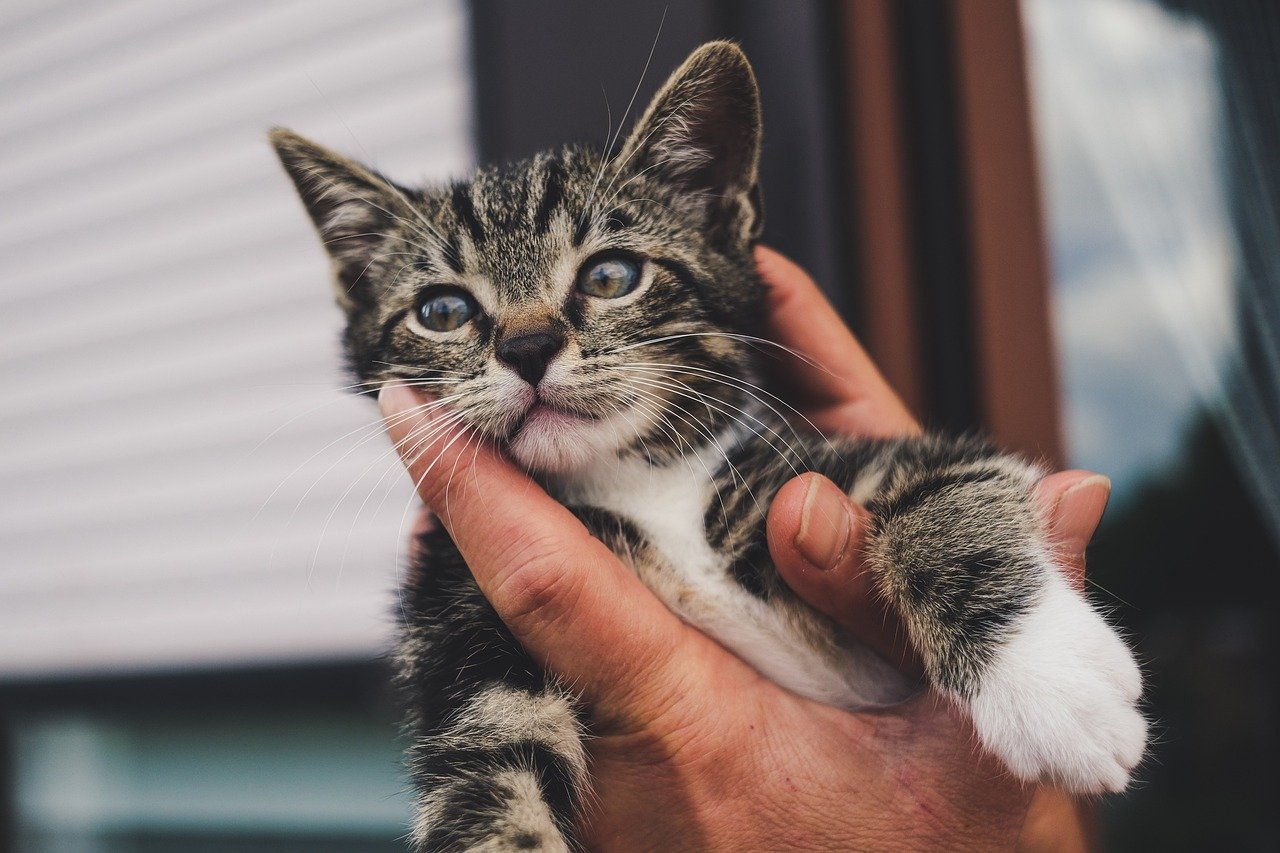
Kittens are full of energy and curiosity, but they also need space to explore and develop. Creating a safe and stimulating environment for kittens to play and learn is essential for their emotional growth. Providing opportunities for exploration and play, while also respecting their need for rest and solitude, can help kittens develop into well-adjusted adults.
Outdoor Space and Emotional Freedom
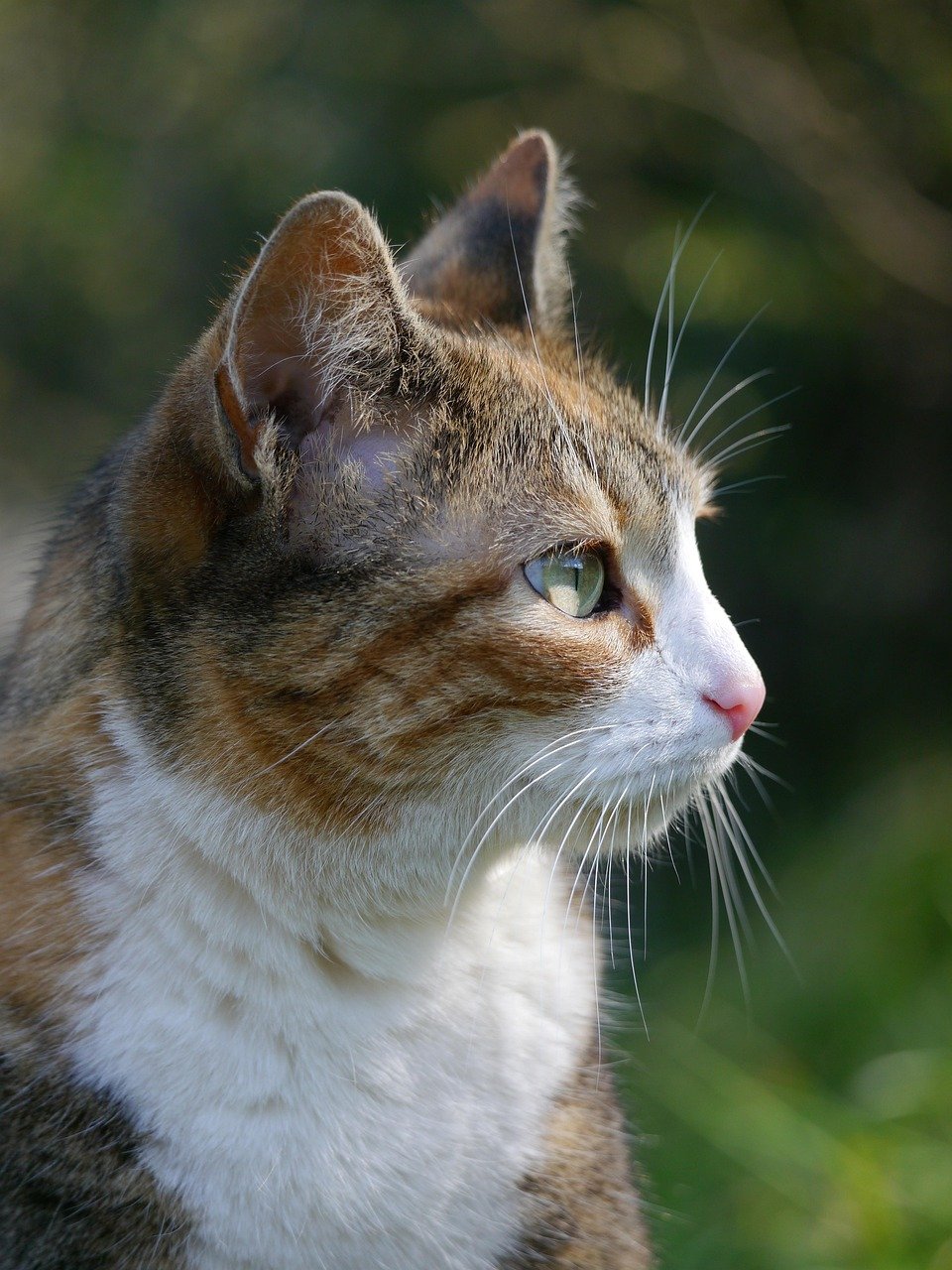
For some cats, access to outdoor space provides a sense of freedom and enrichment. The sights, sounds, and smells of the outdoors can stimulate a cat’s senses and provide valuable mental and physical exercise. However, outdoor access must be managed carefully to ensure a cat’s safety. Providing a secure outdoor environment, such as a catio, can offer the benefits of the outdoors while respecting a cat’s need for safety and boundaries.
Using Space to Alleviate Stress
Stress can have a significant impact on a cat’s emotional well-being, and space plays a crucial role in stress management. Providing a quiet and comfortable environment where a cat can retreat from stressors is essential for its health and happiness. Recognizing the signs of stress and adjusting the environment accordingly can help cats feel more secure and relaxed.
Conclusion: The Language of Space
Cats are masters of the language of space, using it to communicate their emotional boundaries and needs. Understanding this unique form of communication can greatly enhance our relationship with our feline companions. By respecting their use of space, providing a supportive environment, and recognizing their individual needs, we can create a harmonious and fulfilling bond with our cats.
Hi, I’m Bola, a passionate writer and creative strategist with a knack for crafting compelling content that educates, inspires, and connects. Over the years, I’ve honed my skills across various writing fields, including content creation, copywriting, online course development, and video scriptwriting.
When I’m not at my desk, you’ll find me exploring new ideas, reading books, or brainstorming creative ways to solve challenges. I believe that words have the power to transform, and I’m here to help you leverage that power for success.
Thanks for stopping by, Keep coming to this website to checkout new articles form me. You’d always love it!






